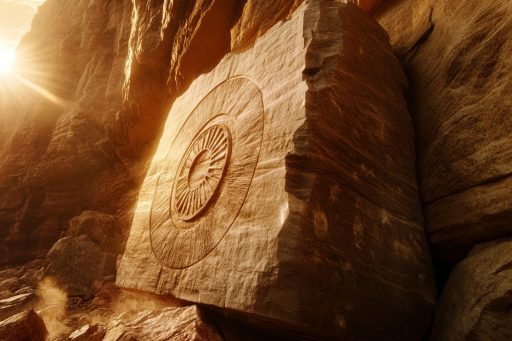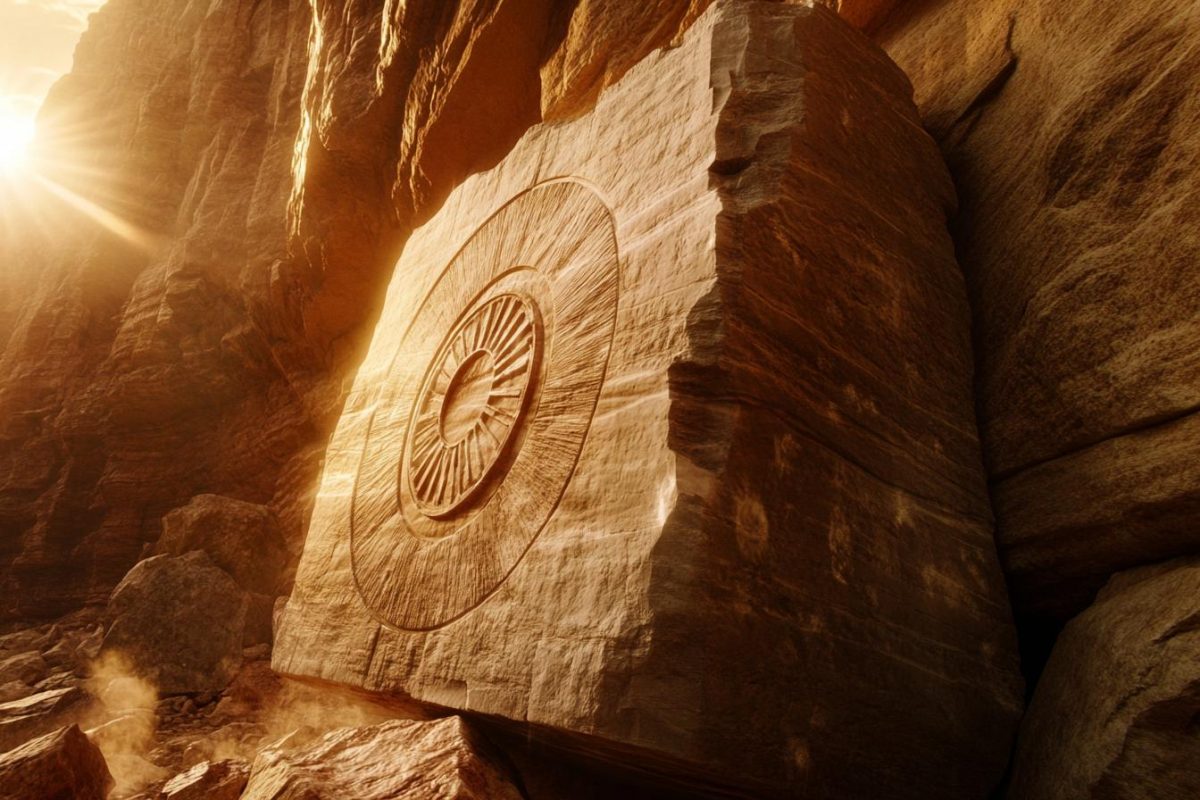
History is often written in ink, but the past doesn’t always stay within the lines. Archaeological discoveries around the world continue to challenge our understanding of ancient civilizations, timelines, and technology. Some finds are so baffling, they don’t just add to history—they force us to reconsider it entirely. These discoveries defy explanation, inviting more questions than answers.
The Baghdad Battery

Discovered in modern-day Iraq, this clay jar with a copper cylinder and iron rod has sparked debate for decades. Some researchers believe it may have functioned as a rudimentary battery—thousands of years before electricity was formally understood. If true, it suggests that ancient civilizations had knowledge of electrochemical energy far beyond what traditional history credits them with. No definitive purpose has been proven, keeping its true use a historical mystery.
The Antikythera Mechanism

Pulled from a shipwreck off the Greek island of Antikythera, this complex bronze device is often dubbed the world’s first analog computer. Its gears and mechanisms suggest it was used to track celestial movements with surprising accuracy—something we didn’t believe possible for ancient Greece. The craftsmanship is so advanced, it wasn’t matched again for over a thousand years. How such intricate knowledge was developed—and lost—remains an enigma.
Gobekli Tepe

This prehistoric site in southeastern Turkey rewrote the timeline of human civilization. Dating back over 11,000 years, it features massive stone pillars carved with animals and abstract symbols—long before agriculture or writing were thought to exist. Its builders were clearly capable of organized religion, complex construction, and symbolic thought. Yet the site was deliberately buried, as if hiding knowledge too profound for future generations.
The London Hammer

A seemingly ordinary hammer encased in a rock formation estimated to be over 100 million years old, the London Hammer has baffled scientists and skeptics alike. The tool appears to be manmade, with a wooden handle partially turned to coal. If the dating is accurate, it would place human craftsmanship at a time when dinosaurs still roamed. Mainstream archaeology largely dismisses it, but the mystery lingers.
The Dropa Stones

Allegedly discovered in the mountains of China, these stone discs are etched with tiny spiral markings that some believe are messages from an ancient extraterrestrial civilization. According to controversial interpretations, the stones tell of beings who crash-landed on Earth and couldn’t return home. While skeptics question their authenticity, no one has conclusively debunked or explained them. They remain a captivating blend of myth and mystery.
The Saqqara Bird

Unearthed in an Egyptian tomb, this small wooden artifact resembles a bird—but its shape has the aerodynamic qualities of a modern glider. Some theorists suggest it could represent a forgotten understanding of flight or even a model of an ancient flying machine. Its exact purpose is unknown, and no texts accompany it to provide clues. Is it merely symbolic, or evidence of a lost technology?
The Giant Stone Spheres of Costa Rica

Scattered throughout the jungles of Costa Rica, these perfectly round stone spheres vary in size and purpose. Some weigh several tons, yet their origins and exact function remain unclear. Theories range from astronomical tools to territorial markers—but no inscriptions or artifacts have ever been found nearby. Their symmetry and scale suggest a level of precision difficult to achieve even today.
The Map of Piri Reis

This 16th-century Ottoman map shows Antarctica centuries before it was officially discovered—and without its ice covering. Compiled using even older source maps, the Piri Reis map suggests ancient mariners may have charted coastlines with incredible accuracy long before modern instruments existed. How such precise knowledge existed in the ancient world remains a puzzle scholars can’t fully solve. Some believe it’s proof of a forgotten global civilization.
The Nazca Lines

Etched into the deserts of southern Peru, these massive geoglyphs can only be fully appreciated from the sky. Depicting animals, plants, and abstract shapes, their purpose is still debated—ranging from astronomical calendars to alien runways. Despite their age, the lines have remained remarkably preserved. What culture created them and why continues to stir speculation and wonder.
What If the Past Isn’t What We Thought?

Each of these discoveries challenges the neat, linear story we’ve long told about our origins. They suggest lost technologies, forgotten civilizations, or timelines far more complex than we dare to admit. The truth might not lie in rewriting history—but in accepting that it was never as simple as we believed. Perhaps the greatest secrets of humanity are still waiting to be unearthed.




